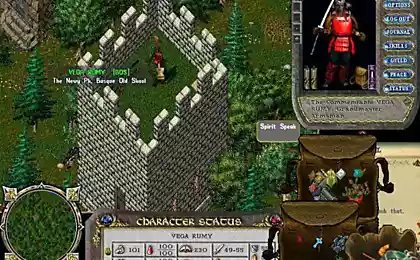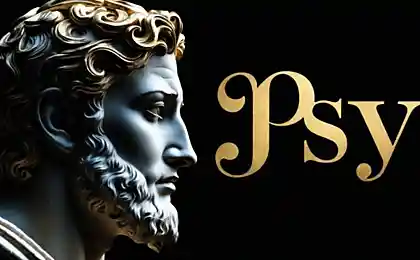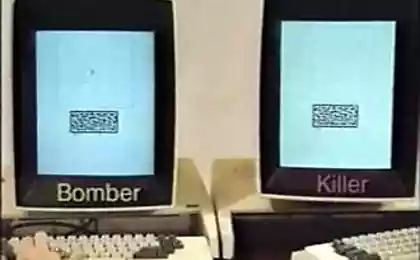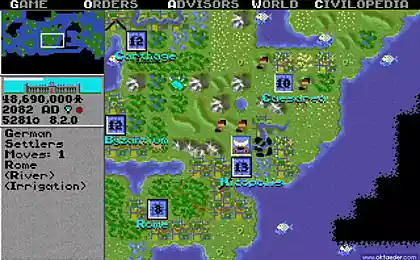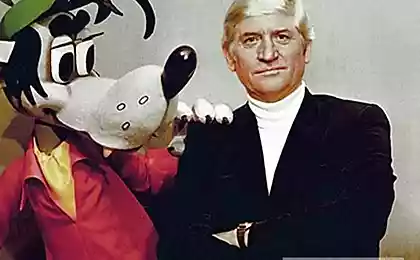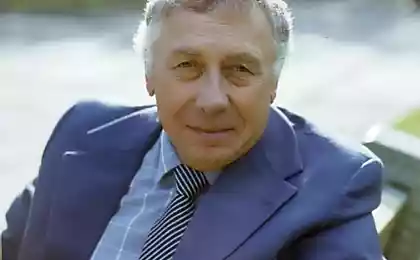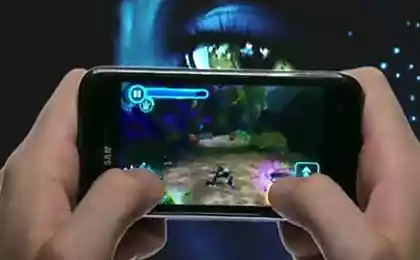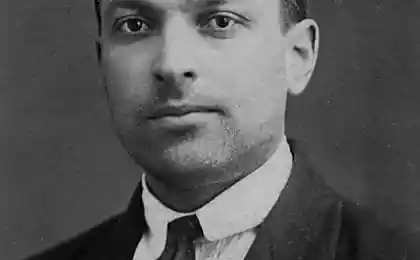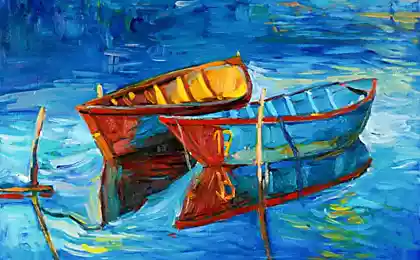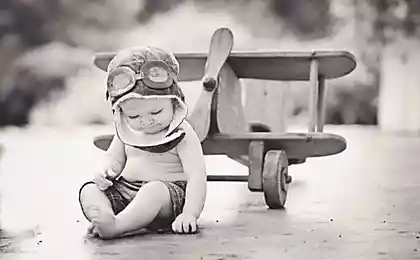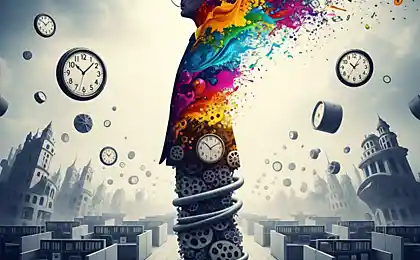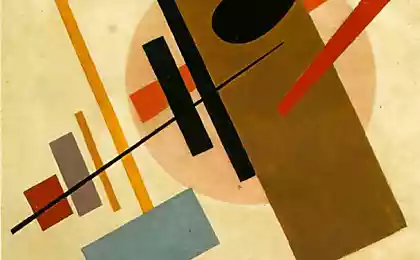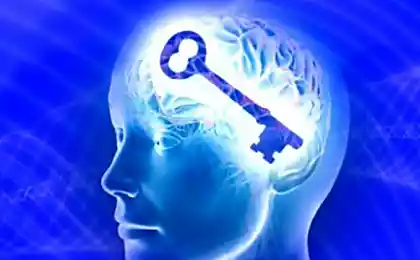272
A guide to psychology. Issue 15. Creativity and Play: Where does creativity come from and why is it needed?
Description: In this article, we will look at the relationship between creativity and play, understand where creativity comes from and how it helps to solve non-standard tasks and find new meanings in everyday life.
List of all articles in the cycle

Introduction
What do a child who builds a “city of the future” from blocks have in common with an artist who paints a picture about cosmic distances? Both. play with reality, giving free rein to imagination and emotional expression. Creativity is an integral part of human nature, allowing us to expand the boundaries of the familiar world, find innovative solutions and experience the deep joy of self-realization. In this article, we will dive into the psychological phenomenon of creativity and learn why the playful part of thinking is so important not only for artists, but also for anyone who wants to live an active and meaningful life.
We’ll look at what scientists say about creative thinking, why being able to “play” with ideas is the key to real breakthroughs, and how to unlock your creativity potential in everyday life. If a child is born with an open heart to the world and an endless desire to explore, why shouldn’t adults learn to reincorporate that creative state?
Main part
Creativity: an evolutionary mystery or an engine of progress?
At first glance, creativity It may seem like a luxury – why would a person paint, compose music, or come up with new concepts when their main task is to survive? Nevertheless, it was the ability to find original solutions and quickly adapt to new conditions that made Homo sapiens such a successful species.
Contemporary research (see Wikipedia) confirms that creativity is not only an art, but also an everyday innovation activity that arises where it is necessary to “do new things”. It can be a way of organizing work, solving household problems, scientific discovery or a business project. Imagination and playing with ideas are an integral part of the evolution of culture and technology.

The role of play in the development of creativity
To understand where creative thinking comes from, it's important to look at children. Game. The main tool through which the child learns the world. When we play, we are freer to experiment, to take risks, to combine the incompatible. This playful spontaneity stimulates the brain to search for new connections, largely determining the formation of creative potential.
The problem is that as we grow older, we are increasingly faced with rigid rules, regulations, criticism, and fear of failure. “Game” perception is replaced by pragmatic: “How will this help to earn?” or “Is this worth my time?” While such questions are important, without play, our minds become more closed. We lose our courage, our willingness to make mistakes, and our ability to think outside the box.
Therefore, “adult” play is not a child’s fun, but a serious method of self-stimulation of creativity: from role-playing brainstorms at work to personal projects that give the joy of research.
Key elements of the creative process
Creativity researchers such as Graham Wallace and Michael Csikszentmihalyi have described a number of stages a person goes through when generating new ideas:
- Preparation. Collection of information, study of the problem, accumulation of experience and knowledge. Without a database in your head, “new ideas” are often trivial.
- Incubation. “Digesting” facts occurs while resting, walking or sleeping – the subconscious continues to work behind the scenes.
- Insight. “Illumination” is a sudden understanding of the solution. Here play the role of associations that sometimes occur in completely unexpected ways.
- Verification. The idea needs to be put into practice and check its efficiency. It is at this stage that it is often necessary to “fill in” and improve the “raw” idea.

Why is creativity not just for creators?
There is a stereotype that creativity is the lot of artists, writers, musicians. In fact, the creative approach is useful in any field:
- Business and management. New solutions and competitive advantages are often born out of unconventional ideas and views from a different angle.
- Science and technology. All major discoveries have arisen from the free search for hypotheses. A creative scientist is able to “see” unusual patterns.
- Education. A creative teacher will find hundreds of ways to interest students, and children are more likely to learn if the game component is included.
- Personal life. From travel planning to family holidays, unexpected ideas make life brighter and help you cope with problems.
How to develop your creative potential?
If you feel that “creativity is not about me,” it’s just a belief that can be changed. Here are a few methods and practices:
- Brainstorms. Set a “no criticism” rule for the time you generate ideas. Even absurd options can be the basis for a brilliant solution.
- "Mental" walks. Change your surroundings, walk new routes, read books that don’t fit your “typical” interests. New experiences provoke new associations.
- A game of limitations. Sometimes scarcity of resources (e.g., time, money, or materials) encourages people to find original approaches.
- Collective experiment. Team up with friends or co-workers in an idea club where you regularly discuss joint projects or problems.
- Drawing, music, dancing. Even if you are not going to become a professional artist or musician, creative expression in any genre helps to rock creative thinking.
Conclusion
Where does it come from? creativity? From the ability to play - to "prank" with meanings, images, objects, take risks and enjoy the process. We are born with this inclination, and it feeds our curiosity and enthusiasm. With age, the child acquires social patterns and norms, often losing freedom of imagination. However, this does not mean that the path to creativity is closed. On the contrary, the conscious practice of playing with ideas, the rejection of rigid stereotypes, and the presence in the present moment allow us to bring back that childish sense of discovery and freedom.
Creativity is not just for artists and writers. This is an ubiquitous quality that everyone needs: in science, business, education, everyday life. We reach our potential when we stop being “afraid of making mistakes” and allow ourselves to think bigger, more flexible, and bolder. The game is the best simulator for that. After all, in the game we forgive ourselves experiments, failures, border crossings. The brightest ideas are born there, which then change our world.
Creativity is not a luxury or the lot of the chosen. It's part of ours. humanIt allows you to constantly reinvent reality, find unusual solutions and enjoy new experiences. Keep that spark within you: play, imagine, try and move forward. After all, in fact, living is also a kind of artistic creativity, and the more diverse our palette, the more colorful the picture of life.
Glossary
Creativity
The ability to find original ideas or solutions beyond standard thinking.
Imagination
The mental process of forming new images, often beyond direct experience.
Game.
A form of activity free from utilitarian goals, characterized by experimentation and conditional mode of action.
brainstorm
The technique of group or individual generation of ideas without criticism and evaluation at the initial stage.
Insight
Sudden understanding or “enlightenment”, when the solution to the problem appears instantly, bypassing logical reasoning.
Michael Csikszentmihalya
A psychologist who has studied the state of flow and authored a number of papers on the nature of happiness and creativity.
A guide to psychology. Issue 14. Ethics and Morality: How We Determine Good and Evil
A guide to psychology. Issue 16. The Path to Understanding: How to Develop Deep Communication with Others
